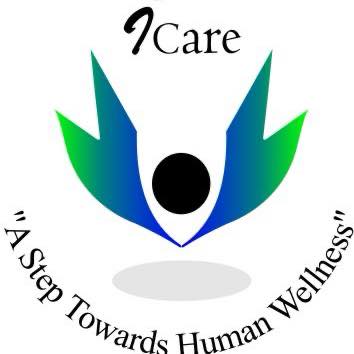Physical Rehabilitation
Physical rehabilitation is often provided by licensed physical therapists or physiotherapists who have specialized training in assessing and treating musculoskeletal, neurological, cardiopulmonary, and other physical conditions. They work with patients of all ages, from infants to older adults, and in various healthcare settings such as hospitals, clinics, rehabilitation centers, and home care.

Here are some key aspects of physical rehabilitation:
Evaluation and Assessment: The physical therapist conducts a thorough assessment of the patient’s physical condition, including their range of motion, strength, balance, posture, and functional abilities. They may use various tests, measurements, and clinical observations to identify impairments and establish a baseline for treatment.
Treatment Planning: Based on the assessment findings, the physical therapist develops an individualized treatment plan tailored to the patient’s specific needs and goals. The plan may include exercises, manual therapy techniques, therapeutic modalities, assistive devices, and education.
Therapeutic Exercises: Physical rehabilitation often involves a wide range of exercises to improve strength, flexibility, endurance, and coordination. These exercises can target specific body areas or address overall physical function. The therapist guides the patient through exercises and monitors their progress.
Manual Therapy: Manual techniques, such as joint mobilization, soft tissue mobilization, and manual stretching, may be used by the physical therapist to alleviate pain, improve range of motion, and enhance tissue healing.
Therapeutic Modalities: Physical therapists may utilize various modalities, such as heat or cold therapy, ultrasound, electrical stimulation, or laser therapy, to reduce pain, inflammation, and muscle tension and facilitate tissue healing.
Assistive Devices and Adaptive Techniques: Physical rehabilitation may involve the prescription and training in the use of assistive devices like crutches, walkers, or wheelchairs. Additionally, therapists teach patients adaptive techniques to perform daily activities independently or with minimal assistance.
Patient Education: Physical therapists provide education on proper body mechanics, posture, ergonomics, injury prevention, and self-management strategies. They empower patients with knowledge and skills to optimize their physical well-being and prevent future problems.
